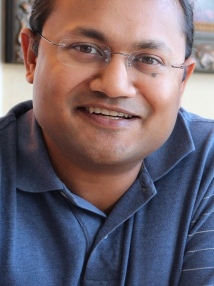BibTex format
@article{Rainer:2020:10.1111/cgf.13921,
author = {Rainer, G and Ghosh, A and Jakob, W and Weyrich, T},
doi = {10.1111/cgf.13921},
journal = {Computer Graphics Forum: the international journal of the Eurographics Association},
pages = {167--178},
title = {Unified neural encoding of BTFs},
url = {http://dx.doi.org/10.1111/cgf.13921},
volume = {39},
year = {2020}
}

